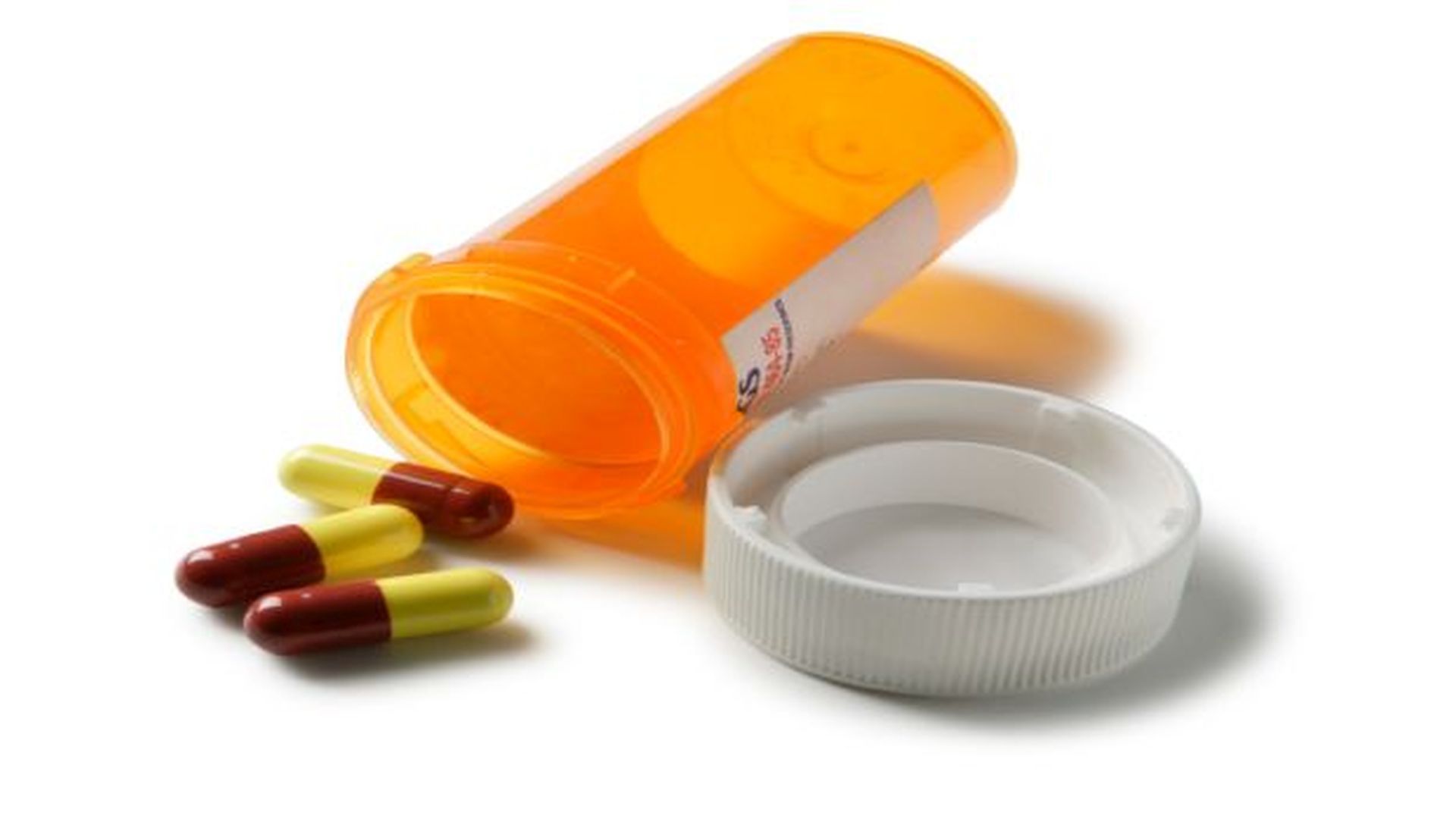Study Identifies Successful Approaches to Antimicrobial Stewardship Programs in U.S. Hospitals

Misuse of antibiotics can lead to antibiotic resistance, accounting for more than 2 million infections and 23,000 deaths annually in the United States. To combat the threat of resistance to antibiotics, The Joint Commission has developed requirements for hospitals to have antimicrobial stewardship programs (ASPs).
As implementing ASPs remains a challenge for many hospitals, a new study in the February 2018 issue of the Joint Commission Journal on Quality and Patient Safety identifies common characteristics and innovative strategies among ASPs leading the way. In the article, “The Expanding Role of Antimicrobial Stewardship Programs in Hospitals in the United States: Lessons Learned from a Multisite Qualitative Study,” Shashi N. Kapadia, MD, instructor in medicine and in healthcare policy and research, Weill Cornell Medicine, New York City, and co-authors, report on findings from the interviews they conducted with 12 program leaders at four prominent ASPs in the United States.
The interview questions focused on ASP implementation, program structure, strengths and weaknesses, lessons learned and future directions. The authors identified three major themes that emerged from the data for successful approaches to ASPs:
• Evolution from a top-down structure to a more diffuse approach involving unit-based pharmacists, multidisciplinary staff and shared responsibility for antimicrobial prescribing under the ASPs’ leadership.
• Integration of information technology systems to enable real-time interventions to optimize antimicrobial therapy and patient management.
• Barriers to technology integration including limited resources for data analysis and poor interoperability between software systems.
In an accompanying editorial, “Antibiotic Stewardship Grows Up,” Arjun Srinivasan, MD, associate director for Healthcare Associated Infection Prevention Programs, Division of Healthcare Quality Promotion, Centers for Disease Control and Prevention, states that the article by Kapadia et al. provides useful insights on how hospitals can implement their ASPs most efficiently and effectively.
The article and editorial are available online free to the public, along with an invitation from the Journal’s editor-in-chief David W. Baker, MD, MPH, for papers on innovative approaches to antimicrobial stewardship in hospitals, nursing care centers and other settings.
The article is “The Expanding Role of Antimicrobial Stewardship Programs in Hospitals in the United States: Lessons Learned from a Multisite Qualitative Study,” by Shashi N. Kapadia, MD, MS; Erika L. Abramson, MD, MS; Eileen J. Carter, RN, PhD; Angela S. Loo, PharmD; Rainu Kaushal, MD, MPH; David P. Calfee, MD, MS; and Matthew S. Simon, MD, MS. The article appears in The Joint Commission Journal on Quality and Patient Safety, volume 44, number 2 (February 2018), published by Elsevier. Funding for the study was provided by Gary Barnett.
The editorial is “Antibiotic Stewardship Grows Up” by Arjun Srinivasan, MD. The article appears in the Joint Commission Journal on Quality and Patient Safety, volume 44, number 2 (February 2018), published by Elsevier.
Source: The Joint Commission and Joint Commission Resources, Inc.
Reference: Centers for Disease Control and Prevention (CDC). Antibiotic Resistance Threats in the United States, 2013. Atlanta: CDC, 2013. https://www.cdc.gov/drugresistance/pdf/ar-threats-2013-508.pdf.
Robust infectious disease surveillance, including rapid subtyping of influenza A, is essential for early detection, containment, and public health reporting of novel viral threats.